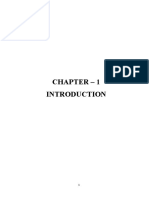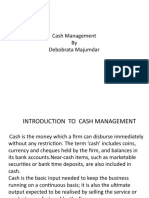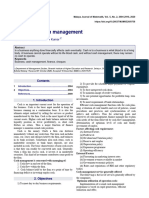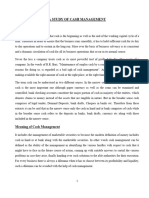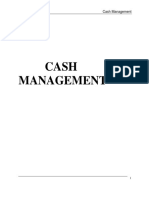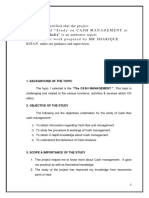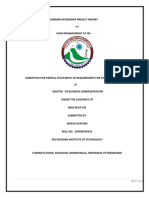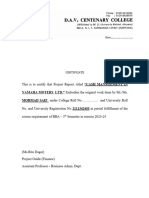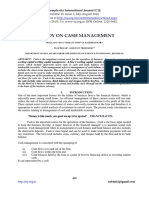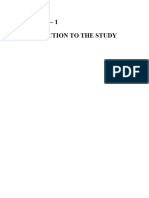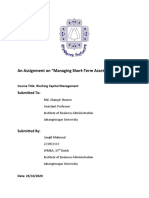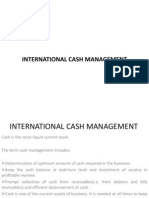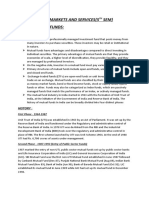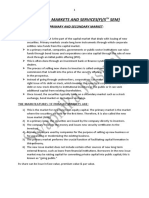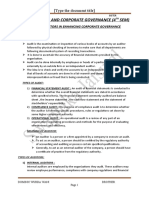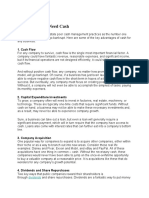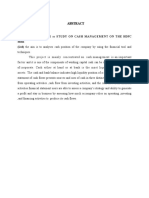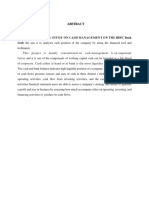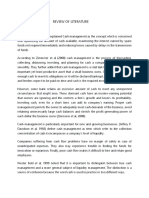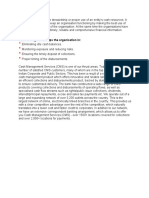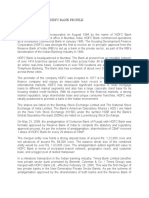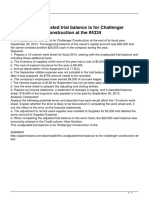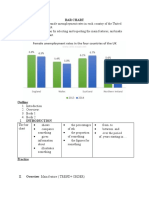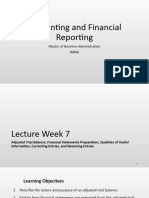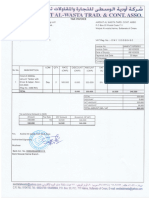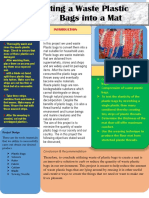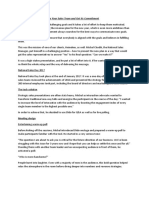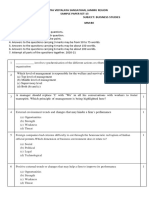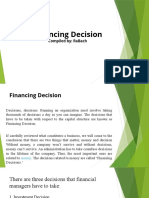0% found this document useful (0 votes)
52 views6 pagesUnit 1 Introduction
The document discusses cash management in banks. It covers topics like maintaining adequate but not excessive cash balances, investing surplus cash, planning and managing cash flows, determining optimum cash levels, and strategies for efficient cash management like cash planning, evaluating policies and synchronizing cash inflows and outflows.
Uploaded by
dominic wurdaCopyright
© © All Rights Reserved
We take content rights seriously. If you suspect this is your content, claim it here.
Available Formats
Download as PDF, TXT or read online on Scribd
0% found this document useful (0 votes)
52 views6 pagesUnit 1 Introduction
The document discusses cash management in banks. It covers topics like maintaining adequate but not excessive cash balances, investing surplus cash, planning and managing cash flows, determining optimum cash levels, and strategies for efficient cash management like cash planning, evaluating policies and synchronizing cash inflows and outflows.
Uploaded by
dominic wurdaCopyright
© © All Rights Reserved
We take content rights seriously. If you suspect this is your content, claim it here.
Available Formats
Download as PDF, TXT or read online on Scribd
/ 6






